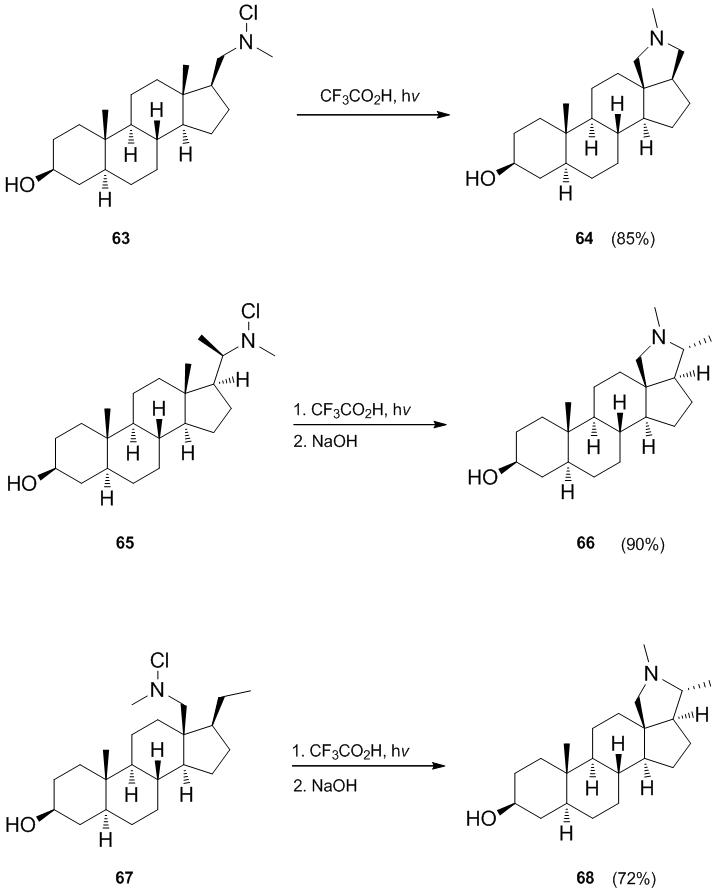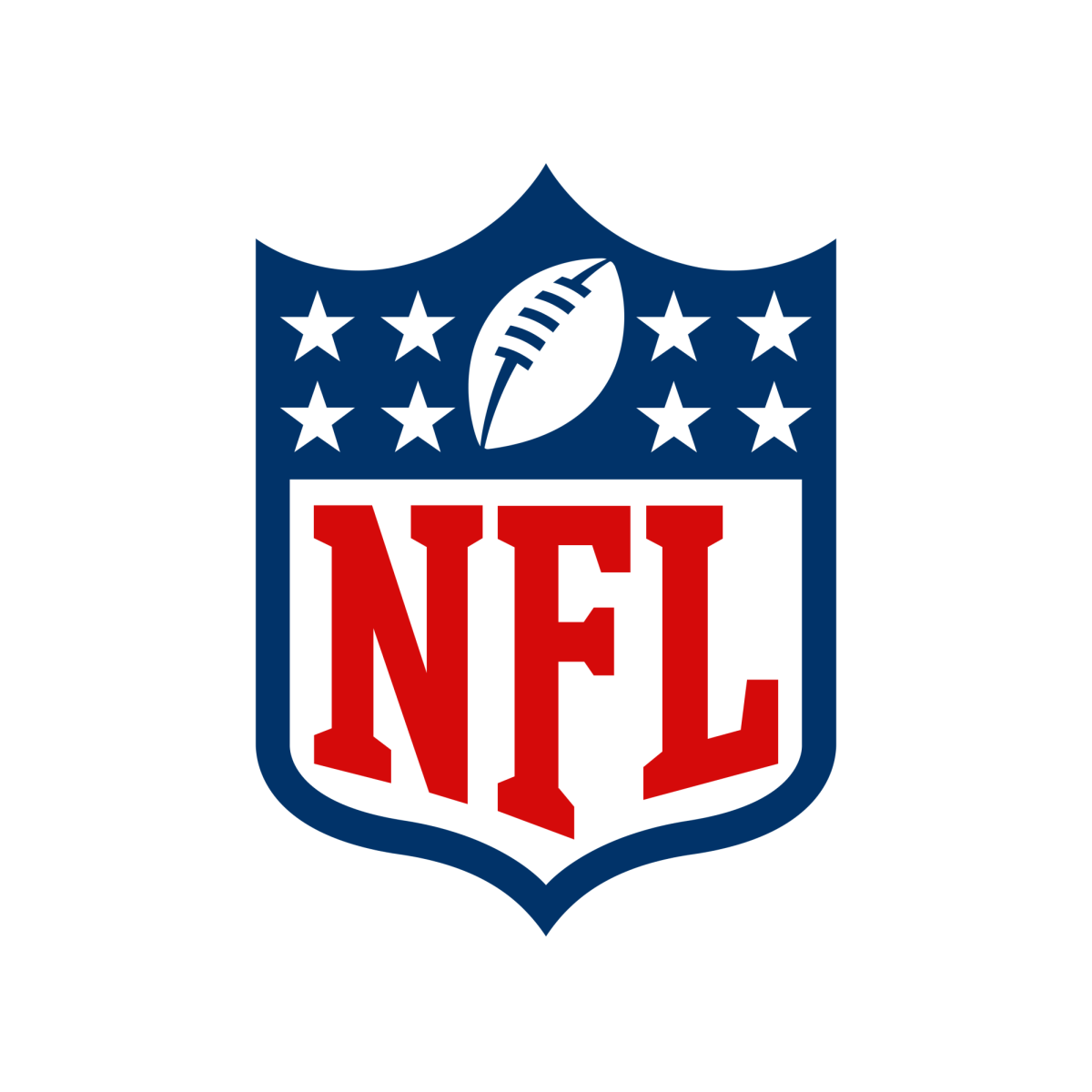Steroid usage has become more and more popular in the world of sports at all athletic levels through the years. Lance Armstrong, Ben Johnson and Barry Bonds have made use of these drugs in the past, downplaying their incredible accomplishments.
Whether it’s Lance Armstrong being stripped of seven Tour de France titles, Barry Bonds being kept out of the Baseball Hall of Fame or Ben Johnson being withheld from the Olympic record books, athletes always seem to face the consequences that come with steroid usage.
While these athletes always face consequences, Americans take different types of supplements while looking to improve their performance outside of the sports world. America is responsible for about 70 percent of the world’s legal amphetamines.
In sports, steroid usage is illegal, but outside of the sports world, some performance-enhancing drugs(PEDs) aren’t prohibited when it comes to increasing a non-athlete’s health or performance in school. Although athletes are to remain clear of performance enhancers, society’s consumption of pharmaceuticals isn’t forbidden.
Athletes who have used PEDs
The Athletics Integrity Unit(AIU) requires Olympic athletes to complete a drug test to ensure they are clean. If an athlete refuses to take a test, they must provide a valid explanation as to why they didn’t. Most recently, two-time medalist, Mo Katir, faced a two year ban after a doping test violation.
The Athletics Integrity Unit determined Katir committed three breaches of the “whereabouts” rule. This rule requires athletes to confirm where and when they will be available each day for an hour for a no-notice visit by a sample collector. If you miss three tests in a 12 month period or provide inaccurate details of your whereabouts, it can result in a ban.
Steroid usage in sports has allowed certain athletes to dominate in a way that very few have. Lance Armstrong won the Tour de France seven consecutive times but had them all stripped after admitting to PED usage. Armstrong used erythropoietin(EPO), testosterone, cortisone, human growth hormone and other blood doping to enhance his cycling performance.
Barry Bonds, the most dominant hitter of the MLB throughout the 2000s, isn’t in the Hall of Fame because of his usage of anabolic steroids. Bonds was among many players in the early 2000s that were guilty of using performance-enhancing drugs. When the MLB implemented a new steroid policy for drug testing in 2005, 111 MLB players were positive for a PED of some sorts. In 2007, 7 months prior to Bonds breaking the all-time home run record, reports came out that Bonds was positive for steroids in a recent drug test. Bonds was indicted on four counts of perjury.
Steroid abuse is becoming very common in sports, which often gives athletes like Armstrong, Bonds and Johnson an unfair advantage. Athletes can have serious injuries and future health problems resulting from the use of such substances. Commonly abused PEDs include anabolic steroids, blood, EPOs, growth hormone, creatine, amphetamines, beta-hydroxy-beta-methylbutyrate (HMB), and stimulants.
Health-care professionals and personal trainers of athletes are typically very careful while prescribing medicines to athletes. Knowledge of exercise physiology and types of doping other agents use could help the athletes and their trainers avoid misusing performance enhancers. The U.S. Food and Drug Administration (USFDA) doesn’t test for dietary supplements and there is little limitation in regard to product composition. This furthers the challenge of monitoring unfavorable effects. Manufacturers may spike their supplements with actual steroids to enhance the effects of their products. These manufacturers may also market clean products. Such dietary substances are available for purchase over the counter and online by people of any age.
Negative effects of PEDs abuse include violent behavior, hypertension, myocardial infarction, stroke, and seizures. These effects are more significant and could escalate when they take PEDs with various prescription medications.
Anabolic steroids are one of the most addictive steroids, listed as a schedule III drug. The World Anti-Doping Code 2009 Prohibition List had anabolic agents and stimulants banned. The World Anti-Doping Agency did release a Therapeutic Use Exemption (TUE) list of excuses that would allow an athlete to use banned substances: if the athlete would experience significant health problems without the medication; if the prohibited substance would not increase the athlete’s performance other than from restoring their health; if the athlete couldn’t use a permitted alternative.
Athletes at all levels, ranging from high school to elite athletes use PEDs. Several harmful effects result from abuse of these substances. Information does exist on these adverse effects, but it is up to the athlete to seek out this information. Healthcare professionals, trainers, and athletes are all responsible to educate themselves to avoid the life altering results of substance abuse.












